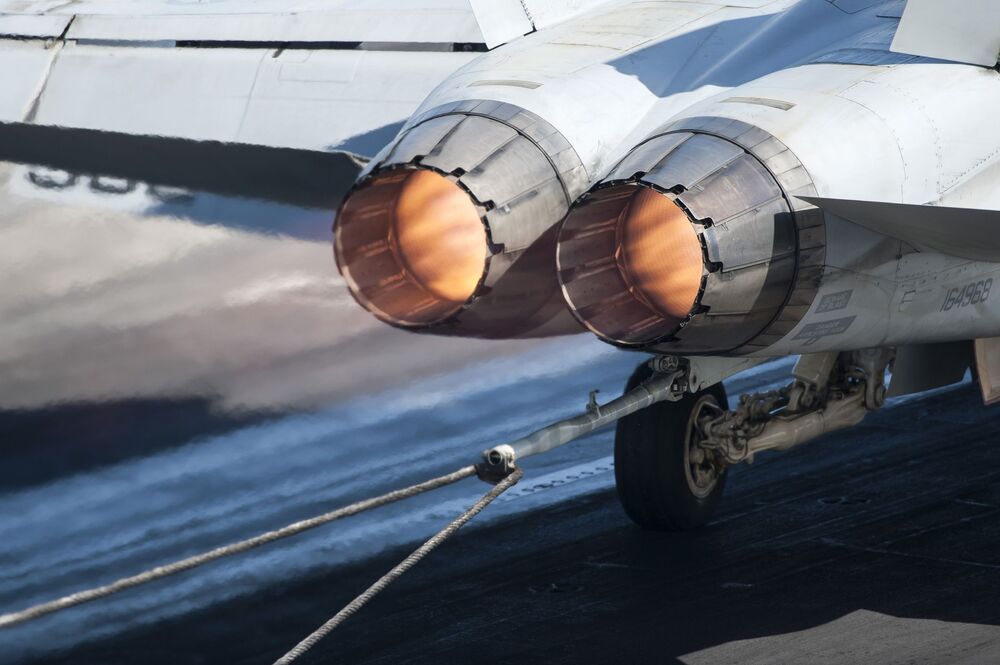To those who saw it in its very first theatrical run, the opening crawl at the very top of the original 1977 “Star Wars” film automatically dispelled any notions about cosmic civilizations and a linear march of time. We all got the reference to a “galaxy far, far away” at the outset, but “a long time ago” was all at once brilliant and mind-blowing.
Inherent in that notion is the idea that civilizations outside our own solar system have been living and dying since time immemorial. And the civilizations depicted in this bit of space cinema also appear to have become masters of their own galactic quadrants, if not their whole galaxy.
Yet here on parochial Earth, we are wedded to the linear march of time in a way that is not likely to change until the very far future. Here, we are guided by our own history of technological advancement in a way that extraterrestrial civilizations may find antiquated. They may already be inured to the fact that they are mere technological babes in the woods when compared to much more advanced civilizations they, themselves, may have encountered.







